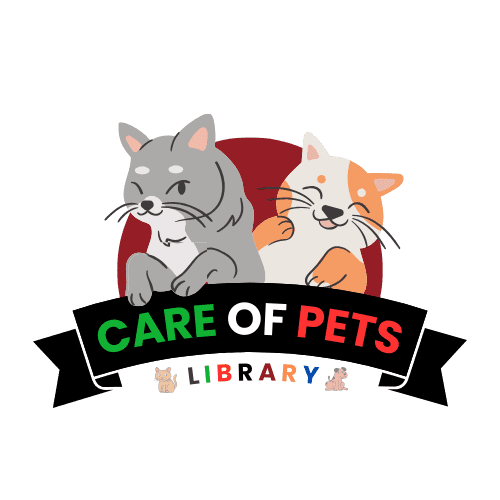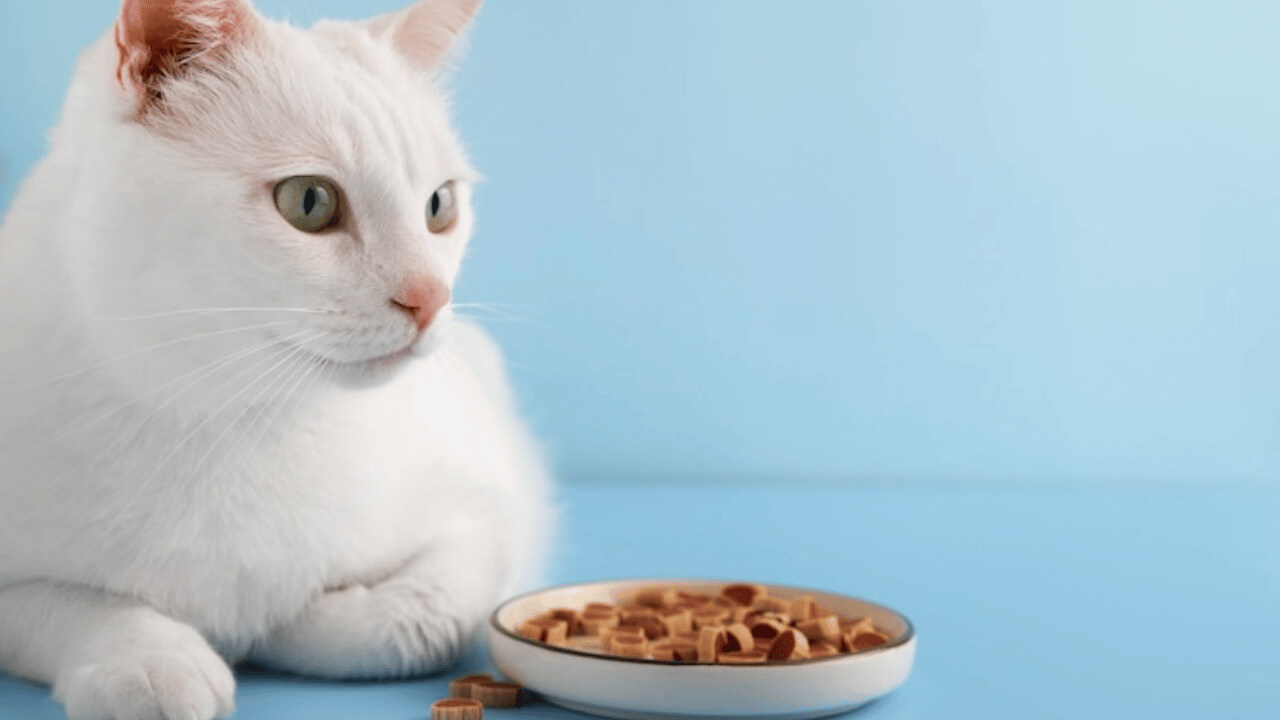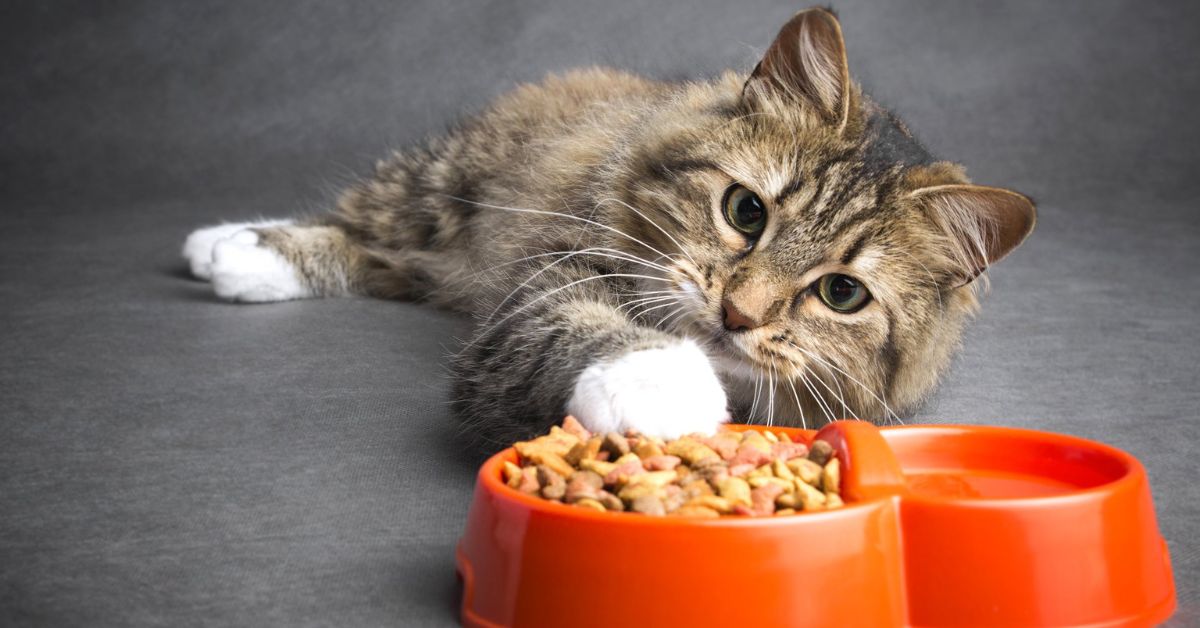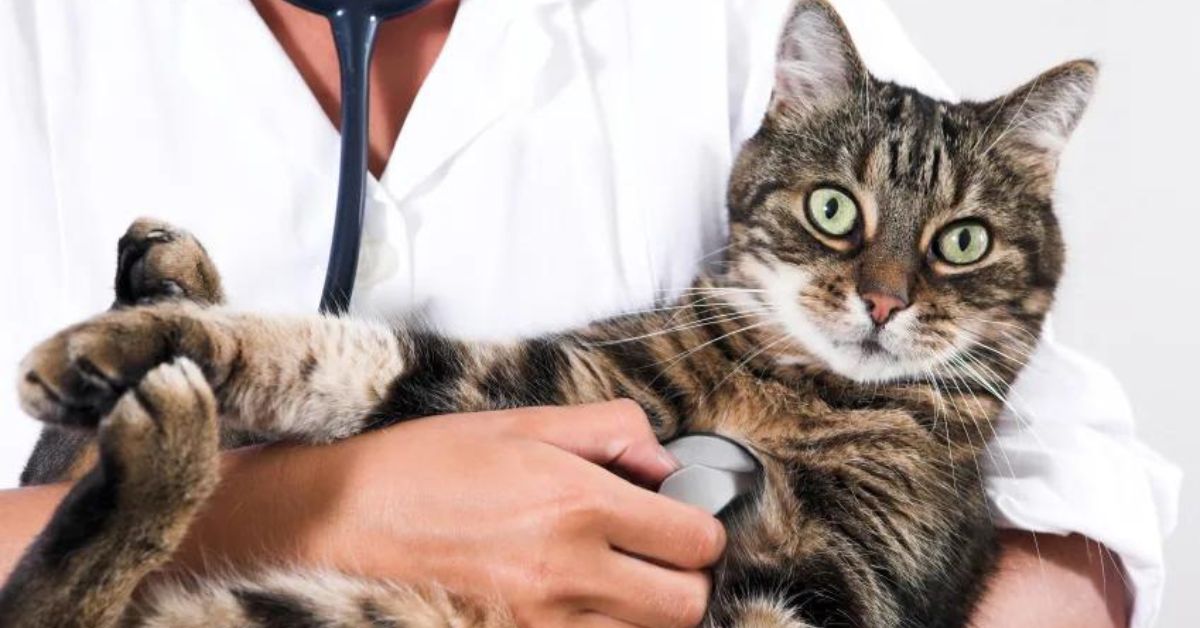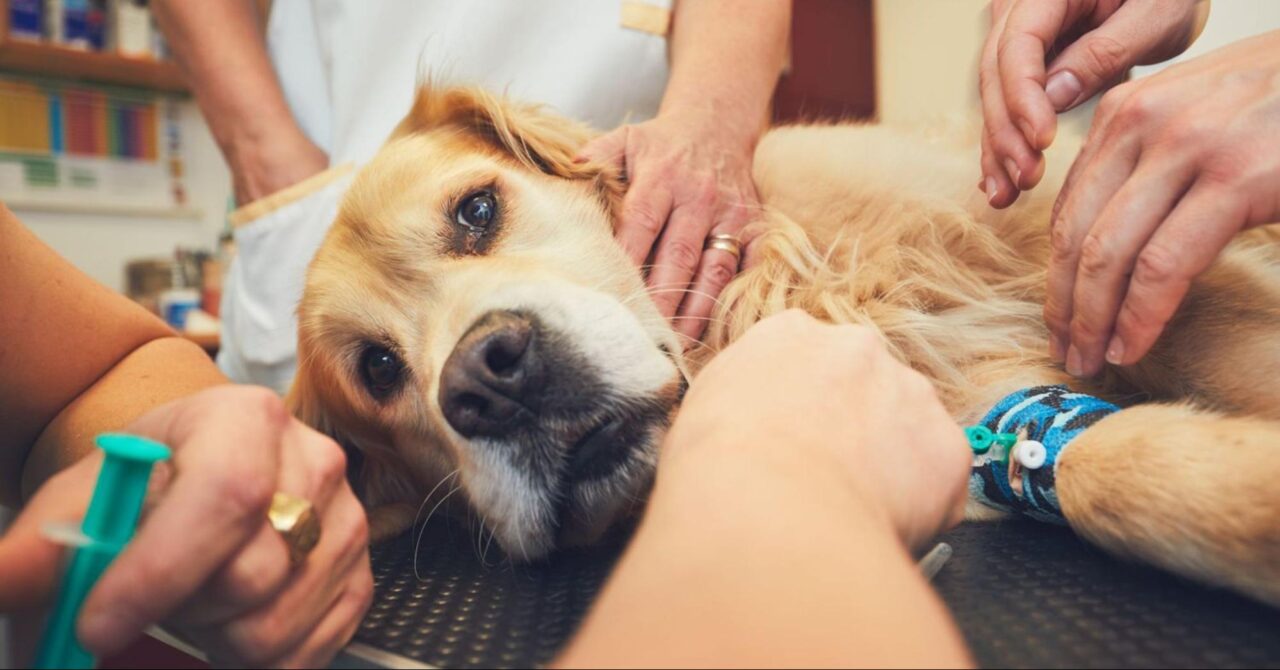Finding the best cat food for indoor cats can be overwhelming. With so many options available, how do you ensure your feline friend gets the nutrition they need, and what is the best cat food for indoor cats? In this article, we’ll explore the unique dietary needs of indoor cats, review the top five healthiest cat foods, and provide tips for making the right choice. Whether you’re a seasoned cat owner or a new pet parent, this guide will help you make informed decisions for your indoor cat’s health.
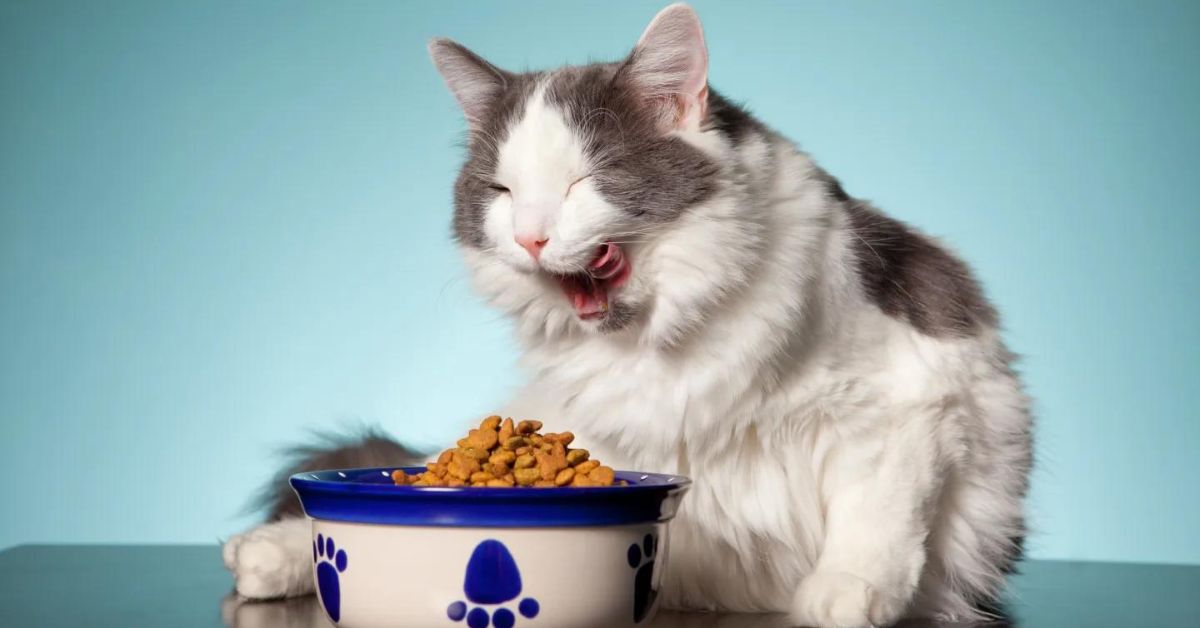
What is the best cat food for indoor cats?
Choosing the best cat food for indoor cats is crucial for their health and well-being. Due to lower physical activity levels, indoor cats often have different nutritional needs than their outdoor counterparts.
The ideal indoor cat food should support a healthy weight, promote good digestion, and provide essential nutrients. Age, health status, and dietary preferences should also be considered. Always consult a veterinarian to ensure your feline friend receives the most appropriate and balanced diet.
Indoor Cat Nutrition
Exploring the Difference Between Indoor and Outdoor Cats’ Dietary Needs
Indoor cats have different dietary needs compared to their outdoor counterparts. While outdoor cats burn more calories due to higher activity levels, Purina Cat Chow Indoor Dry Cat Food, indoor cats typically lead a more sedentary lifestyle. This difference means indoor cats require fewer calories but need nutrient-dense food to maintain their health.
Indoor cats are also more prone to obesity and weight-related health issues. A balanced diet tailored to their needs can help prevent these problems. Additionally, indoor cats often have less exposure to natural sources of fibre, which can affect their digestive health.
Common Health Issues in Indoor Cats Related to Diet
Indoor cats can face several health issues related to their diet. Obesity is a common problem due to their lower activity levels. Overweight cats are at risk for diabetes, arthritis, and heart disease. Choosing a diet that helps manage weight is crucial for preventing these conditions.
Another issue is urinary tract problems, which can be influenced by diet. Indoor cats are more susceptible to urinary crystals and infections. Ensuring your cat’s food promotes urinary health can reduce these risks. Hairballs are also more common in indoor cats due to increased grooming. A diet high in fibre can help manage hairball formation.
Types of Cat Food for Indoor Cats
Evaluating the Benefits of Dry, Wet, and Raw Cat Food
Regarding cat food, there are three main types to consider: dry, wet, and raw. Each has its benefits and drawbacks, so understanding these can help you choose the best option.
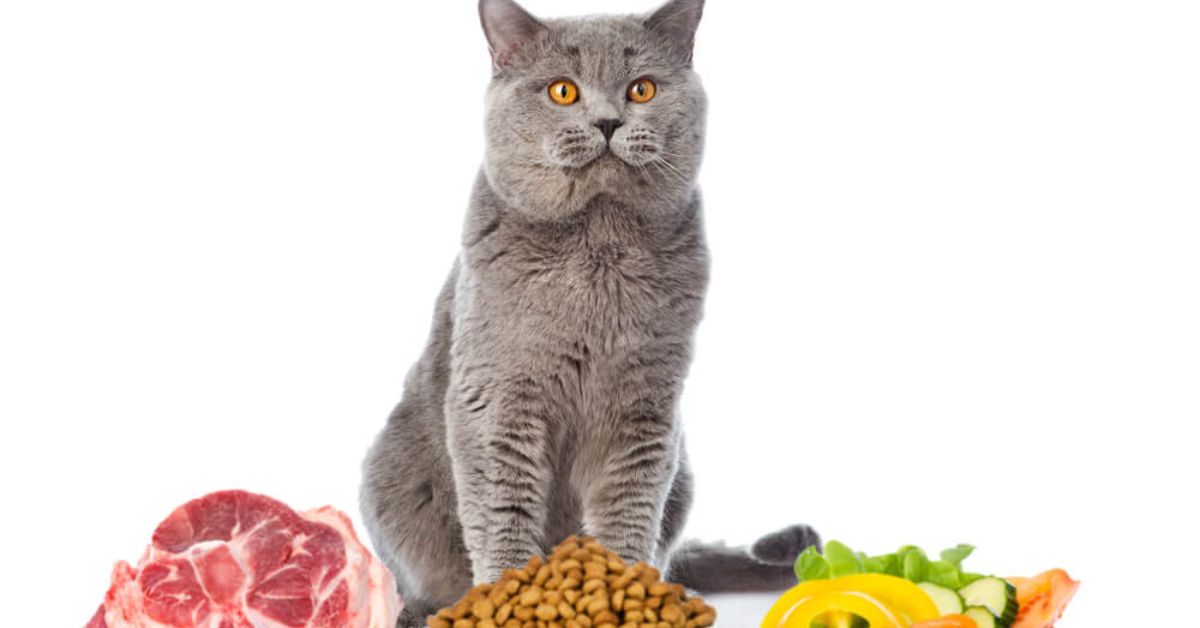
Dry Cat Food
Dry cat food is convenient and has a longer shelf life. It can also help with dental health by reducing plaque buildup. However, it typically has lower moisture content, which can be an issue for cats that don’t drink enough water.
Wet Cat Food
Wet cat food has a higher moisture content, which benefits hydration and urinary health. It often contains fewer carbohydrates and can be more palatable for picky eaters. However, wet food can be more expensive and spoil quickly once opened.
Raw Cat Food
Raw cat food mimics a cat’s natural diet and can be highly nutritious. It often includes raw meat, organs, and bones. However, preparing and handling raw food requires careful hygiene to prevent bacterial contamination. It can also be more costly and time-consuming to prepare.
Criteria for Selecting the Best Cat Food for Indoor Cats
When selecting cat food for your indoor cat, consider the following criteria:
- Nutritional Balance: Ensure the food provides a balanced mix of protein, fats, and carbohydrates. Look for foods that meet the Association of American Feed Control Officials (AAFCO) standards.
- Ingredients: Choose foods with high-quality ingredients and avoid artificial additives, fillers, and by-products.
- Specific Health Benefits: Look for foods that address specific health needs, such as weight management, urinary health, and hairball control.
- Palatability: Ensure the food appeals to your cat to encourage consistent eating habits.
Top 5 Healthiest Cat Foods for Indoor Cats
Based on expert recommendations and nutritional analysis, here are the top five healthiest cat foods for indoor cats:
1. Hill’s Science Diet Adult Indoor Cat Food
Hill’s Science Diet is known for its high-quality ingredients and balanced nutrition. It includes fibre for digestive health and weight management, and it’s formulated to support a healthy coat and skin.
2. Royal Canin Indoor Adult Dry Cat Food
Royal Canin offers a formula specifically designed for indoor cats. It helps manage hairballs, supports digestive health, and reduces the odour of stools. The kibble size and shape are also designed to promote dental health.
3. Blue Buffalo Wilderness Indoor Hairball & Weight Control
Blue Buffalo’s formula focuses on high protein from real chicken, with added fibre to manage hairballs and support weight control. It’s free from artificial preservatives and by-products, making it a healthier choice.
4. Purina Pro Plan Focus Indoor Care
Purina Pro Plan provides a balanced diet with added fibre to manage hairballs and maintain a healthy weight. It also includes a prebiotic fibre for digestive health and antioxidants for immune support.
5. Nutro Wholesome Essentials Indoor Adult Cat Food
Nutro Wholesome Essentials uses high-quality ingredients like real chicken and brown rice. It’s rich in omega-6 fatty acids for a healthy coat and skin and includes natural fibre for digestive health.
Highlighting the Nutritional Values and Benefits of Each Brand
Each of these brands offers unique benefits:
- Hill’s Science Diet: High in fibre, supports weight management and a healthy coat.
- Royal Canin: Manages hairballs, supports digestive health, and reduces stool odour.
- Blue Buffalo: High protein fibre for hairball management and weight control.
- Purina Pro Plan: Balanced diet, prebiotic fibre for digestion, and antioxidants for immune support.
- Nutro Wholesome Essentials: High-quality ingredients, omega-6 for coat health, and digestive fibre.
Making the Right Choice
Tips for Reading Cat Food Labels and Understanding Ingredients
Reading cat food labels can be daunting, but it’s crucial for making informed choices. Here are some tips:
- First Ingredient: Look for high-quality proteins like chicken, fish, or turkey as the first ingredient.
- Avoid Fillers: Avoid foods with corn, wheat, or soy as primary ingredients.
- Check for Additives: Avoid artificial preservatives, colours, and flavours.
Understanding ingredients helps you choose food that meets your cat’s nutritional needs without unnecessary additives.
How to Transition Your Cat to a New Diet?
Changing your cat’s diet should be done gradually to avoid digestive upset. Here’s a step-by-step guide:
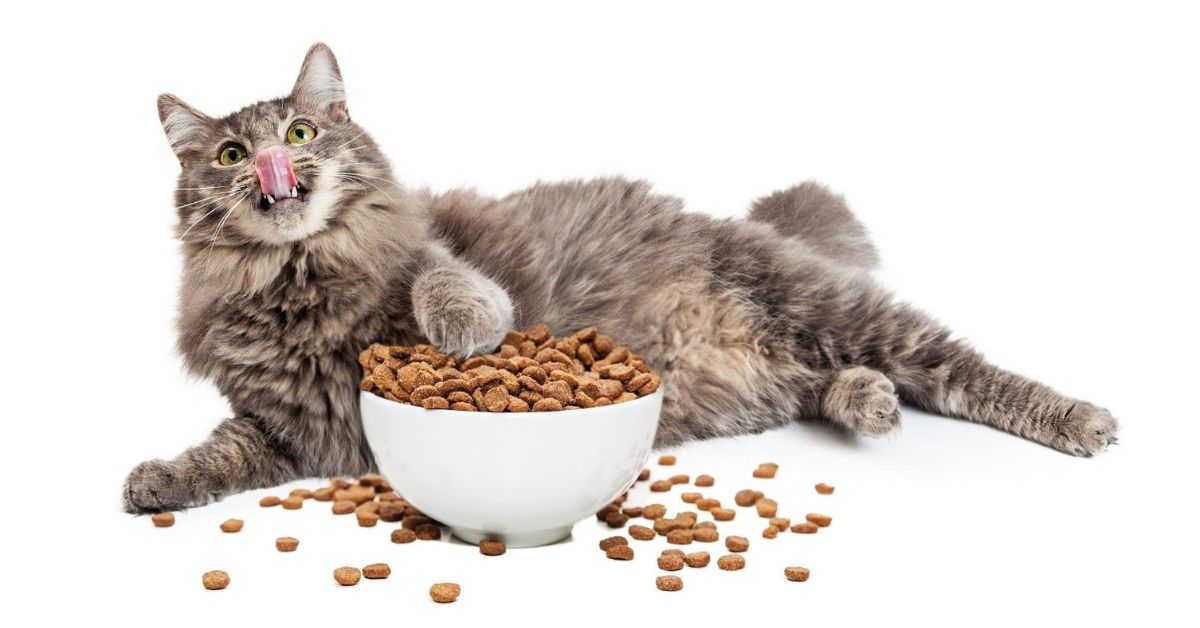
- Start Slow: Mix a small amount of the new food with the old food.
- Increase Gradually: Gradually increase the proportion of the new food while decreasing the old food over 7-10 days.
- Monitor: Watch for any signs of digestive upset or allergies. If your cat shows any adverse reactions, consult your vet.
Conclusion
Choosing the right cat food for indoor cats is essential for their health and well-being. By understanding their unique dietary needs and selecting high-quality, nutritious food, you can help your cat thrive. Remember to read labels carefully and transition diets gradually. Your furry friend deserves the best, and with this guide, you’re well-equipped to make informed decisions.
Please share your experiences and join our community of cat lovers to learn more about keeping your indoor cat healthy and happy!
FAQ
Does my indoor cat need exceptional food?
An indoor cat and an outdoor cat may consume the same food. They both require an equal amount of clean water and nourishment. The calories make a difference. An indoor cat requires significantly less energy than its outside counterpart.
What is healthier for a cat than dry or wet food?
Although wet food is more expensive and difficult to use, it can help overweight cats, have constipation or are prone to lower urinary tract illness. For slender cats with trouble with meal volume, dry food may be a highly effective approach to provide them with calories. It also makes it possible to employ food toys and puzzles.
